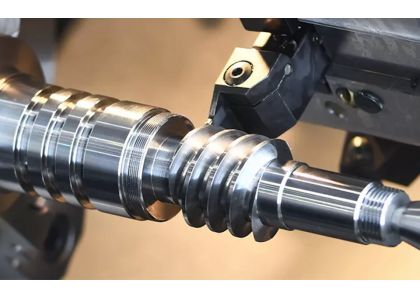
A left-handed screw is a type of screw with a reverse thread, typically used in applications where anti-loosening is required, such as in automobiles, motorcycles, ships, etc.
I. What is a left-handed screw?
A left-handed screw is a screw that rotates in the opposite direction to a regular thread, meaning it is "tightened by turning left and loosened by turning right". Due to its unique manufacturing process and special structural design, left-handed screws usually have better anti-loosening effects and are widely used in places that require anti-vibration locking.
II. Characteristics of left-handed screws
1. Reverse rotation: Unlike regular threads, left-handed screws are tightened by turning counterclockwise.
2. Anti-loosening: Left-handed screws can be used in combination with right-handed threads to prevent loosening.
3. High strength: Left-handed screws are usually made of high-quality materials and have high strength and corrosion resistance, making them suitable for use in various harsh conditions.
III. Common application scenarios and fields
Left-handed screws are widely used in industries such as automobiles, motorcycles, ships, chemicals, power, and steel, and play an important role in various mechanical equipment and engineering. Generally, left-handed screws are used in situations that require high safety and anti-loosening, such as:
1. Fasteners in high-pressure and high-temperature environments like aircraft and spacecraft;
2. Places affected by strong storms and earthquakes, such as ships and oil platforms;
3. Safety components in large transportation vehicles like cars, trains, and motorcycles;
4. Fasteners in important equipment like cycloidal reducers and high-pressure pumps.
IV. Suggestions for purchasing left-handed screws
When purchasing left-handed screws, the following aspects should be considered:
1. Material: Choose the appropriate material based on the actual usage scenario, such as stainless steel, alloy steel, carbon steel, etc.
2. Specifications: Select the appropriate left-handed screw based on the specifications and models of the required fasteners.
3. Usage scenario: Choose the suitable left-handed screw based on the actual usage scenario to effectively improve the safety and performance of the fasteners.